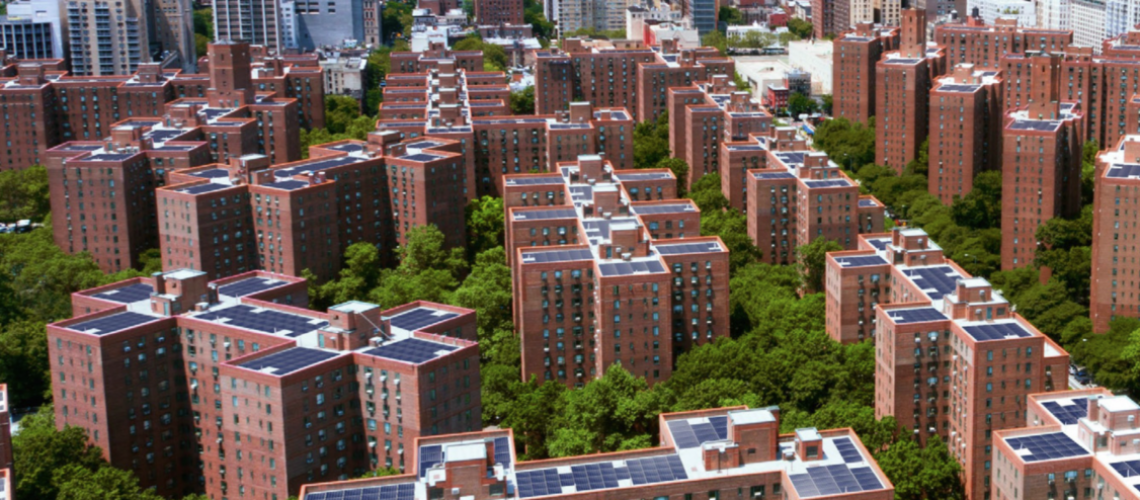The “Solar for All” grant program is expected to open up to applications from states and other entities as early as this month, aiming to enable millions of families in low-income and disadvantaged communities to access solar energy.
States, tribal governments, municipalities and nonprofits will be eligible to compete for $7 billion under a “Solar for All” grants program to “expand the number of low-income and disadvantaged communities that are primed for investment in residential and community solar,” according to a U.S. Government funding overview.
The U.S. Environmental Protection Agency (EPA) is expected to release a formal “notice of funding opportunity” this month for a competitive grants program that will allocate $7 billion to as many as 60 grantees, the document says.
Selected grantees will enable low-income and disadvantaged communities to deploy or benefit from residential rooftop and community solar projects and associated storage. Grant funds may be used either to expand existing low-income solar programs or to design and deploy new “Solar for All” programs.
The grant program was inspired, says the Coalition for Community Solar Access (CCSA) on its website, by a “roadmap” to expand solar access for all that was developed by a coalition of environmental and social justice organizations and distributed solar companies.
The program is one of three grant programs under the Greenhouse Gas Reduction Fund created by the Inflation Reduction Act. EPA intends to design the grants competition to “maximize impact toward” that fund’s objectives, namely reducing greenhouse gas emissions and other air pollutants, delivering program benefits “particularly” to low-income and disadvantaged communities, and mobilizing financing and private capital.
EPA has solicited input on its proposed implementation framework for the “Solar for All” program, and is hosting community roundtables to convey the program’s expected impact to “renters, small business owners, local government leaders, schools, and nonprofits looking to save on energy costs” and achieve other benefits, the agency said.
The agency said it intends to make at least one award per state and territory. Approximately one to three awards will be made to serve tribal nations. An applicant may apply to receive funds to serve one or more geographic areas.
The first step in the application process will be a notice of intent. Applicants must later submit both a program strategy and a program administration plan.
EPA expects to award grants for each geographic area based on:
- Program need and vision, including geographic factors, solar deployment potential factors, and program design components and impacts
- Reduction in greenhouse gas intensity of the grid
- Impact to average low-income energy burden
- The reach of the program across the low-income and disadvantaged community population
- Quality and impact of program design
- Cost-effectiveness
- Timeline
- A strategy to leverage existing federal, state, and local programs and subsidies to complement program deployment
- Program innovation
EPA will implement the program in alignment with President Biden’s Justice40 Initiative, aiming to ensure that 40% of the program’s benefits flow to disadvantaged communities that are marginalized, underserved, and overburdened by pollution.



